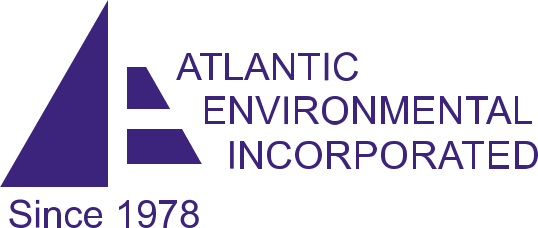What Are the Five Indoor Air Pollutants? Causes, Effects, and More
Indoor air pollutants are usually two to five times higher than the levels in outdoor air. Despite new work-from-home options, this should be of concern. The average employee still spends at least 32 hours weekly at the office.
Safeguarding your employees starts with learning more about indoor air pollution. What are the five indoor air pollutants? This article explains what they are.
It also delves into its sources, causes, and effects and things you can do to reduce them. Help your employees breathe cleaner air by reading the information below.
Indoor Air Pollutants To Be Concerned About in WorkPlaces
Gases
What’s one of the leading causes of indoor air pollution? Gases are infiltrating the air in your office.
These can include radon, carbon monoxide, and nitrogen dioxide. There’s an even greater chance of this in factories or manufacturing plants.
Both radon and carbon monoxide is odorless. Therefore, you may be unaware of your, your staff and visitors’ exposure.
Prolonged exposure to all three in high concentrations can cause severe illness. It may even lead to death.
Have a professional check your building’s HVAC system for carbon monoxide or other gases. In addition, it would be best to sanitize and clean your air ducts regularly.
Tobacco Smoke
The effects of indoor air pollution due to tobacco are well known. However, secondhand smoke can be as bad, if not worse. Both produce extensive amounts of particles and gases that can be harmful.
The smoking policy at your organization should protect non-smokers. It might be wise to only allow smoking in designated areas outside the building. If not, use air purifiers in the indoor areas allotted for smokers.
Mold and Pollen
Plants produce pollen, while mold can grow both outdoors and indoors. As a result, they’re two of the more common indoor air pollutants. Both can be very dangerous, especially for allergy and asthma sufferers.
You can reduce the occurrence of mold by controlling humidity and moisture levels. This includes maintaining a clean office environment.
Repair any leaks that occur within the building as quickly as possible. Also, ensure all rooms within the building are well-ventilated, especially the bathrooms.
Cleaning Products
Cleaning products can also pollute your office. This is usually due to the toxic chemicals they contain. However, they can be extremely harmful if employees inhale or absorb them through their skin.
Your janitorial team may be currently using them to clean your office building. If so, have them switch to organic, chemical-free products. This can help you avoid this type of pollution.
If you store cleaning products on-site, secure them well and keep them in an enclosed room away from the main office.
Building Materials
Harmful building materials can include lead, asbestos, and formaldehyde. Due to how dangerous these are, many are no longer used in building materials. But, if your company is in an older building, you should test for these pollutants.
It’s best to have a professional safely remove any items in the building that may contain these.
What are the Five Indoor Air Pollutants? Explained
What are the five indoor air pollutants? The above is some of the common ones you need to look out for in your office building. But there are also others.
Are you still wondering how to reduce indoor air pollution? It all depends on the type of pollutant you’re dealing with.
Follow the advice above. But if you’re in doubt, contact a professional who can test the indoor air quality in your building.
Atlantic Environmental can. Our team of professionals can advise you on ways to make your building safe for employees. Let’s get started today!
We service NJ, NY, PA, CT, DE, GA (Atlanta), Maryland (Baltimore and Washington DC), and Virginia (Arlington and Alexandria).



